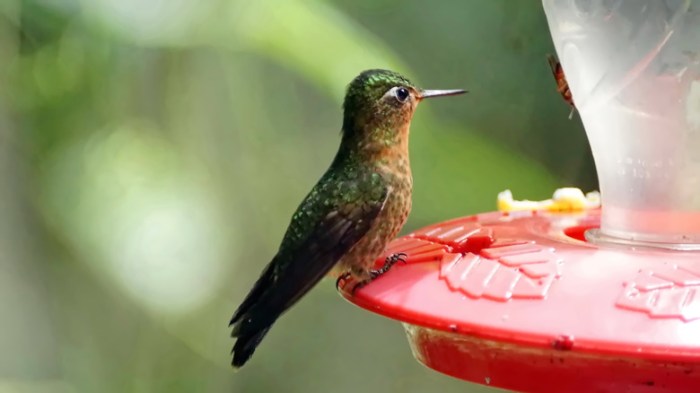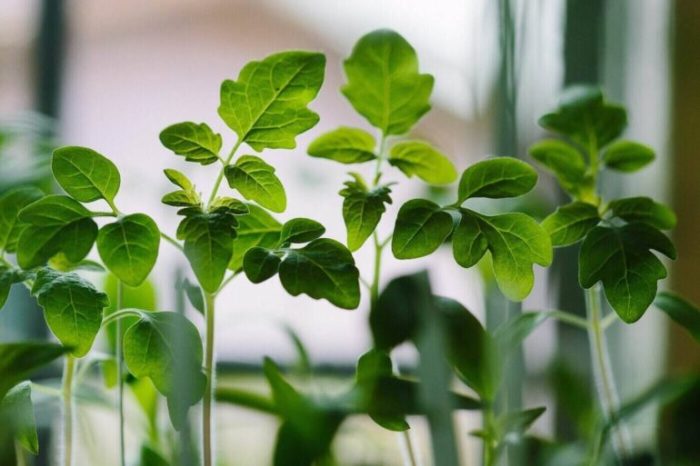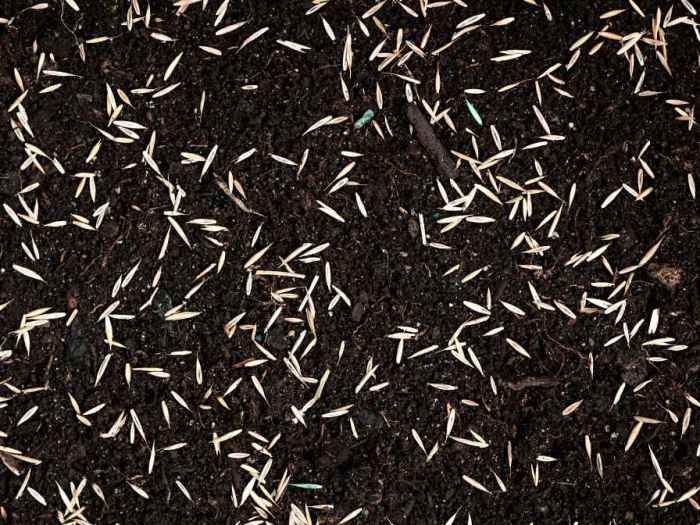Can You Plant Seeds in the Winter?
Suitable Seeds for Winter Planting
Can you plant seeds in the winter – Winter sowing offers a unique opportunity to jumpstart your garden’s growth cycle. Certain seeds are particularly well-suited to the challenges of cold weather and can germinate successfully even under snow or frost. Careful seed selection and soil preparation are crucial for maximizing success.
Cold-Hardy Seed Varieties and Their Needs
Several seeds thrive in cold conditions. Understanding their specific needs ensures optimal germination and growth. Five examples are presented below, along with a comparison of their germination rates under various winter scenarios. Note that germination rates are estimates and can vary depending on specific environmental factors.
Spinach: Spinach seeds germinate relatively quickly even in cool, moist soil. They tolerate light frost but heavy snow cover may delay germination.
Lettuce: Similar to spinach, lettuce seeds germinate well in cooler temperatures, though prolonged freezing can hinder growth.
Kale: Kale seeds are exceptionally hardy and can germinate under a light snow cover. They are cold-tolerant and can withstand freezing temperatures.
Peas: Pea seeds are another cold-hardy option. They prefer cooler temperatures for germination, although extreme cold can impede the process.
Radishes: Radishes are relatively fast-germinating and tolerate cool temperatures, though very cold temperatures can inhibit growth.
| Seed Type | Planting Depth (inches) | Soil Requirements | Germination Time (days) |
|---|---|---|---|
| Spinach | 1/2 – 1 | Well-drained, slightly acidic | 7-14 |
| Lettuce | 1/4 – 1/2 | Moist, fertile | 7-10 |
| Kale | 1/2 – 1 | Well-drained, fertile | 7-21 |
| Peas | 1 – 2 | Well-drained, slightly acidic | 10-21 |
| Radishes | 1/2 | Loose, fertile | 5-10 |
Preparing the Soil for Winter Sowing
Proper soil preparation is paramount for successful winter sowing. The ideal soil should provide adequate drainage, aeration, and nutrients to support seed germination and seedling development, even in cold and potentially wet conditions.
Ideal Soil Conditions and Amendments
Well-drained soil is crucial to prevent waterlogging, which can lead to seed rot. A slightly acidic to neutral pH (6.0-7.0) is generally ideal for most winter seeds. Heavy clay soils, prone to compaction and poor drainage, require amendment. Adding organic matter such as compost, well-rotted manure, or peat moss improves drainage, aeration, and soil structure. Working these amendments into the soil before planting helps create a more favorable environment for germination.
Seedbed Preparation for Winter

Source: housedigest.com
Preparing a seedbed for winter sowing requires careful consideration of potential frost and snow. Begin by clearing the area of debris and weeds. Loosen the soil to a depth of about 8-12 inches, incorporating any soil amendments. Create a level seedbed, ensuring good drainage. If frost is expected, consider covering the prepared area with a layer of mulch to protect the soil from freezing.
Winter Sowing Techniques: Can You Plant Seeds In The Winter
There are two primary approaches to winter sowing: direct sowing and starting seeds indoors before transplanting. Each method presents advantages and disadvantages depending on the seed type, climate, and personal preferences.
Direct Sowing vs. Indoor Starting
Direct sowing involves planting seeds directly into the prepared outdoor seedbed during winter. This method is simple and avoids the potential stress of transplanting. However, germination rates may be lower compared to indoor starting, where seeds are sown in a controlled environment and then transplanted outdoors once weather conditions improve. Indoor starting requires more time and effort but can result in higher germination rates and stronger seedlings.
Step-by-Step Guide to Direct Sowing
1. Choose a calm, relatively frost-free day for sowing. 2. Prepare the seedbed as described previously. 3.
Sow seeds according to the depth and spacing recommendations in the table above. 4. Gently cover seeds with soil or a light layer of mulch. 5. Water gently, avoiding overwatering.
6. Consider using a protective cover such as a cloche or cold frame.
Visual Guide to Winter Sowing Techniques
Cloches: These are bell-shaped covers, typically made of plastic or glass, that create a microclimate around the seeds, protecting them from harsh weather. Imagine a miniature greenhouse placed directly over the sown seeds.
Cold Frames: Cold frames are more substantial structures, often made of wood or metal frames with a transparent cover (glass or plastic). They provide more extensive protection than cloches and can be used for a wider range of seeds and plants.
Protecting Seeds from Winter Conditions
Protecting newly sown seeds from harsh winter weather and potential animal damage is crucial for successful germination and seedling establishment. Various methods can be employed to mitigate these risks.
Methods for Protecting Seeds, Can you plant seeds in the winter

Source: greenhomegnome.com
- Mulching: A layer of mulch (straw, leaves, or other organic material) provides insulation against frost and helps retain soil moisture. It also acts as a barrier against some pests.
- Row Covers: Lightweight fabric row covers create a protective barrier against frost and wind while allowing some sunlight to reach the seeds. These can be easily removed for ventilation.
- Protective Structures: Cloches and cold frames, as discussed earlier, offer more substantial protection against harsh weather and animals.
Monitoring and Maintaining Winter Seedlings
Regular monitoring of winter-sown seeds is essential without disturbing them excessively. Maintaining soil moisture and addressing potential problems are key aspects of successful winter sowing.
Monitoring Seed Progress and Soil Moisture
Monitor seed progress indirectly. Avoid disturbing the soil unnecessarily. Observe the soil moisture levels regularly. During winter, soil can dry out surprisingly quickly, especially with strong winds. Watering may be needed, but only when the soil is visibly dry.
Avoid overwatering, which can lead to fungal diseases. Use a moisture meter or simply stick your finger into the soil to check moisture levels.
Addressing Common Problems

Source: homesoils.com
Fungal diseases can be a problem in wet, cold conditions. Ensure good drainage and avoid overwatering. Pest damage is less common in winter but can still occur. Inspect seedlings regularly and take appropriate measures if pests are found. Small mammals can be a problem.
Consider using protective barriers such as wire mesh to keep them away from the seedbed.
Types of Winter Protection Structures
Several winter protection structures offer varying degrees of protection against harsh weather. The choice of structure depends on the severity of winter conditions, the type of seeds being sown, and the available resources.
Comparison of Winter Protection Structures
| Structure Type | Material | Approximate Cost (USD) | Effectiveness |
|---|---|---|---|
| Cloche | Plastic, glass | $5 – $20 | Moderate; protects against light frost and wind |
| Cold Frame | Wood, metal, plastic | $30 – $100+ | High; provides significant protection against frost and wind |
| Row Cover | Lightweight fabric | $10 – $30 | Moderate; protects against light frost and wind |
Constructing a Simple Cold Frame
A simple cold frame can be constructed using readily available materials. A wooden frame can be built from reclaimed lumber or purchased inexpensively. The frame should be approximately 2-3 feet high and wide, and 4-6 feet long. A transparent cover, such as polycarbonate sheets or salvaged window glass, can be attached to the frame. Ensure that the cover can be easily opened for ventilation.
Place the cold frame over the prepared seedbed.
Common Queries
What are some common problems encountered when winter sowing?
Common problems include fungal diseases due to damp conditions, rodent damage to seeds or seedlings, and insufficient soil moisture during dry spells.
How often should I water winter sown seeds?
While many seeds are best sown in spring, you can plant some seeds successfully in winter, depending on the variety and your climate. This brings up a related question: can you successfully propagate plants from seed pods, such as with daylilies? To learn more about this specific case, check out this helpful resource on whether can you plant seed pods from daylilies.
Understanding seed propagation techniques, regardless of the season, is crucial for successful gardening.
Watering frequency depends on weather conditions. Check soil moisture regularly; water deeply but infrequently to avoid waterlogging, especially during periods of snow or rain.
Can I use any type of seed for winter sowing?
No, only cold-hardy seeds are suitable for winter sowing. Many warm-season crops will fail to germinate in cold soil.
When should I start monitoring my winter sown seeds?
Begin monitoring for germination as soon as the weather warms up in early spring. Check for signs of growth without disturbing the seeds unnecessarily.





















